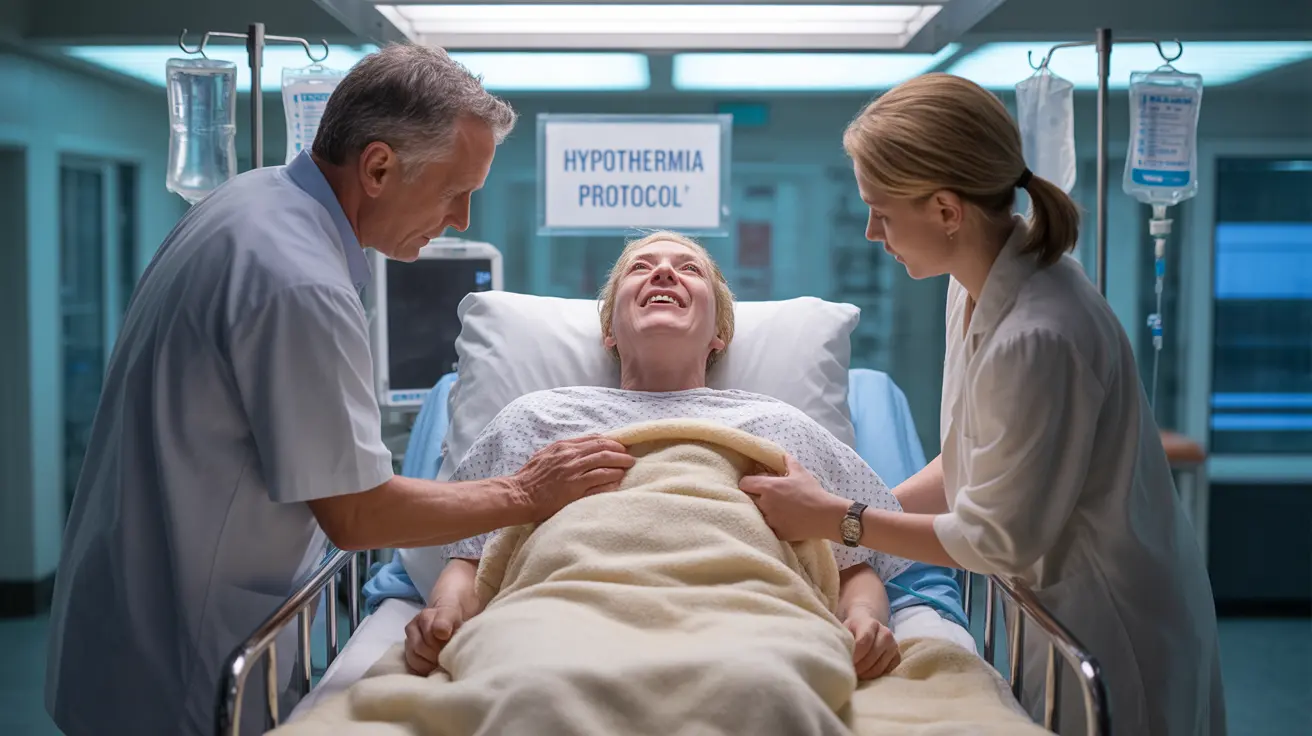Hypothermia is a potentially dangerous condition that occurs when your body loses heat faster than it can produce it, causing your core temperature to drop below 95°F (35°C). Understanding how long hypothermia lasts and the recovery process is crucial for proper treatment and preventing complications.
The duration and severity of hypothermia can vary significantly depending on several factors, including the initial exposure conditions, the person's overall health, and how quickly appropriate treatment is administered. This comprehensive guide will help you understand the timeline of hypothermia recovery and the essential steps for treatment.
Understanding Hypothermia Severity Levels
The recovery timeline for hypothermia largely depends on its severity level:
Mild Hypothermia (95°F - 89.6°F / 35°C - 32°C)
Mild hypothermia typically resolves within 1-3 hours with proper passive rewarming techniques. The body can often recover naturally when removed from cold exposure and given appropriate care.
Moderate Hypothermia (89.6°F - 82.4°F / 32°C - 28°C)
Recovery from moderate hypothermia usually takes 2-8 hours and requires active rewarming methods under medical supervision. This stage demands more intensive treatment to prevent complications.
Severe Hypothermia (Below 82.4°F / 28°C)
Severe cases can take 24-48 hours or longer to recover and require immediate intensive care treatment. The recovery process must be carefully managed to prevent organ damage and other complications.
Factors Affecting Recovery Time
Several key factors influence how long hypothermia lasts:
- Age and overall health condition
- Duration of cold exposure
- Presence of underlying medical conditions
- Type and timing of treatment received
- Environmental conditions during exposure
- Clothing and protective gear worn
Treatment Approaches and Timeline
Immediate Treatment Phase
The first 30-60 minutes are crucial for initiating proper treatment:
- Remove wet clothing
- Provide warm, dry blankets
- Move to a warm environment
- Apply warm compresses to chest, neck, and groin
- Offer warm, sweet beverages (if conscious)
Active Rewarming Phase
This phase typically lasts 2-8 hours depending on severity:
- Warm intravenous fluids
- Warm oxygen administration
- External warming devices
- Continuous temperature monitoring
- Cardiac monitoring when necessary
Recovery Monitoring Phase
This phase can last several hours to days:
- Regular vital sign checks
- Temperature stabilization
- Assessment for complications
- Gradual return to normal activities
Frequently Asked Questions
- How long does it typically take to recover from mild hypothermia with proper treatment?
With proper treatment, mild hypothermia typically resolves within 1-3 hours. Recovery involves gradual rewarming through passive methods like warm blankets and moving to a warm environment.
- What factors influence how long hypothermia lasts before someone recovers or worsens?
Key factors include the severity of cold exposure, overall health status, age, underlying medical conditions, timing of treatment initiation, and the type of treatment provided.
- How is moderate to severe hypothermia treated to speed up recovery and prevent complications?
Moderate to severe hypothermia requires active rewarming techniques under medical supervision, including warm IV fluids, heated oxygen, and specialized warming devices. Treatment typically occurs in an intensive care setting with continuous monitoring.
- Can hypothermia symptoms last for days, and what does a prolonged recovery look like?
Yes, severe cases of hypothermia can have symptoms lasting several days. Prolonged recovery may include continued temperature regulation issues, fatigue, and careful monitoring for potential complications affecting various organ systems.
- What immediate steps should be taken to safely rewarm someone with hypothermia?
Immediate steps include moving the person to a warm environment, removing wet clothing, covering them with warm blankets, and applying warm compresses to the chest, neck, and groin areas. Avoid direct heat sources and sudden movements.




